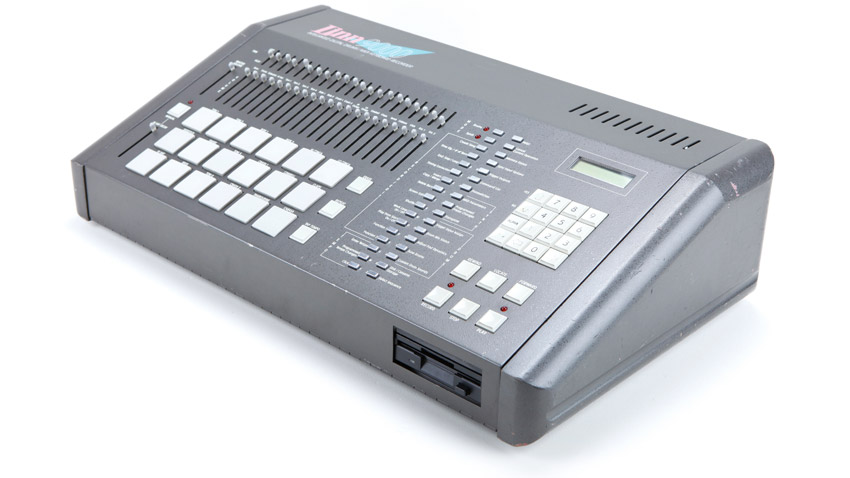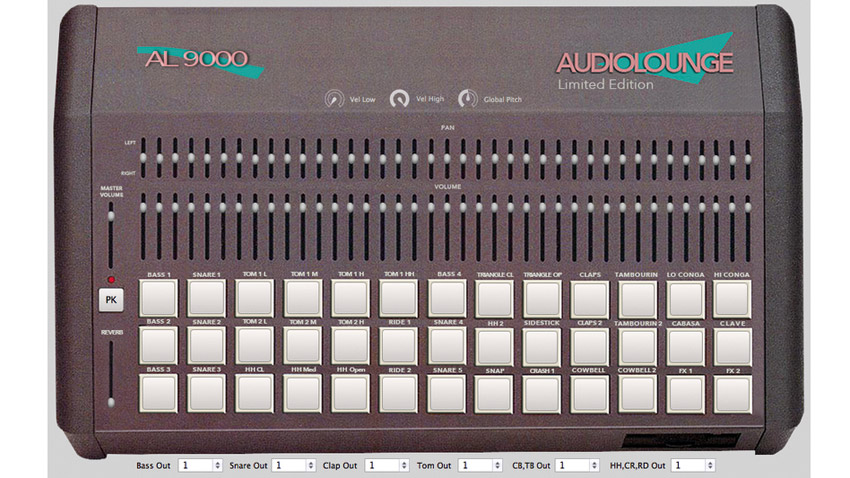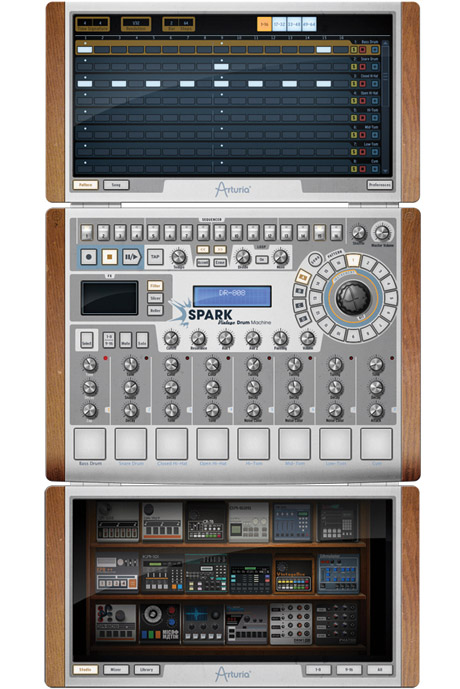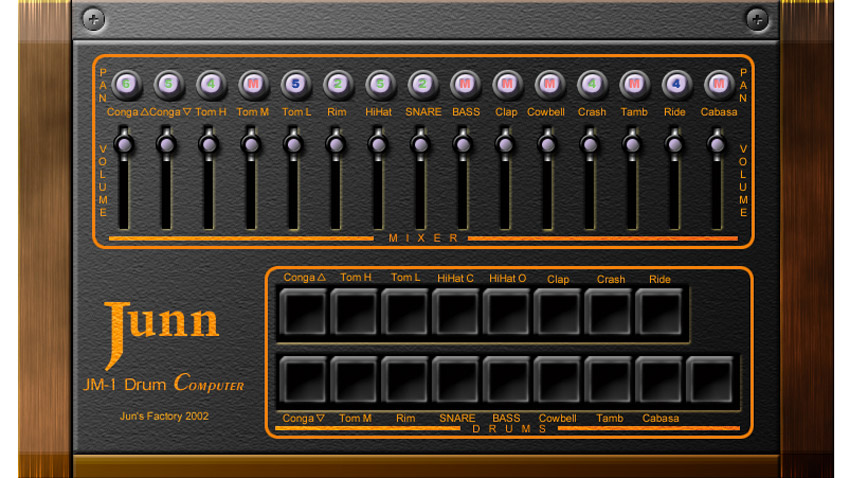Blast from the past: Linn 9000
It was expensive, unstable, and overspecified, and it dealt a fatal blow to Roger Linn’s company… but it set the tone for the future of music production

Roger Linn’s name is revered in electronic music circles, and for good reason - he has an uncanny ability to predict what musicians need before they themselves know, and he delivers it in spades. His LM-1 Drum Computer was the first to combine user-programmable patterns with samples of real drums. Its staggering price ($4995) made it the exclusive plaything of moneyed hitmakers who dutifully churned out an endless list of chart-toppers built on its irresistible groove.
The LM-1 was followed the LinnDrum, a cheaper, more powerful successor that fell short of the LM-1 only in that not all of its samples could be repitched. Released in 1982, the LinnDrum came in just before the introduction of MIDI, though a retrofit was offered by third parties. Linn’s next drum machine would make up for this omission - and then some.
With a massive grey chassis emblazoned with a pink and turquoise logo, the Linn 9000 is the epitome of 80s, er, style. Yet to modern eyes, there’s something strikingly familiar in the thick, pressure-sensitive pads, gently sloping panel and LCD display. It becomes even clearer when reading the specifications. You see, the Linn 9000 wasn’t just a drum machine - it was a full-featured MIDI production studio, and the template upon which many manufacturers still build their beatboxes to this very day.
As a drum machine, the 9000 was cutting edge, offering 32 drum sounds that could be triggered with those 18 velocity- and pressure- sensitive pads. Individual tuning, pan and level were available for every sound, as were dedicated outputs. Linn’s famous shuffle was included as a unique programmable hi-hat decay, adjustable by means of a dedicated slider.
Users could avail themselves of 100 drum sequences and 100 MIDI sequences of up to 10,490 notes.
However, it was the integrated MIDI sequencing that transformed the 9000 into something truly special. Until the Linn 9000, no one had thought to combine drum and MIDI sequencing in a single unit. Here, users could avail themselves of 100 drum sequences and 100 MIDI sequences of up to 10,490 notes.
Optional extras, as if the main features weren’t enough, included user sampling,
SMPTE, a floppy drive, and an additional six trigger inputs (six came as standard).
Such power cost the jaw-dropping price of $5000, with the optional extras adding another $2000. As such, the Linn 9000 was clearly aimed at the studio producer, but the rush to market revealed the unit’s software to be buggy, unstable, and unfinished.
Get the MusicRadar Newsletter
Want all the hottest music and gear news, reviews, deals, features and more, direct to your inbox? Sign up here.
Still, that didn’t stop it being scooped up and used to great effect by luminaries like Michael Jackson, George Michael, Hall & Oates, and Stock, Aitken and Waterman (and thereby Rick Astley).
Eventually, the troubled 9000 contributed to the closure of Linn Electronics, with the remaining inventory picked up by Forat Electronics - who fixed the 9000’s bugs and still service them today, and even sell their own version! Roger Linn himself would apply the best bits of the 9000 design to his next classic, Akai’s legendary MPC60, a machine that would revolutionise music production in the 90s and beyond.
Three virtually Linn-distinguishable 9000 emulations

AudioLounge AL 9000
Experience the Linn 9000 without the crashes or costly add-ons! Available for both OS X and Windows in VST and AU formats, the 32/64-bit AL 9000 provides 39 drum sounds splayed across as many virtual drum pads, each with sliders for level and pan. There’s a built-in reverb, but the hi-hat decay slider is AWOL.
Read more about AudioLounge AL 9000

Arturia Spark VDM
Arturia’s software/hardware hybrid beatboxes include virtual recreations and samples from a number of classic drum machines, including those made by Linn. Specifically, Spark VDM provides a number of samples from the Linn 9000, adding such modern niceties as reverb and other effects to help shape your beats.
Read more about Arturia Spark VDM

Junn JM-1 Drum Computer
Just one of many sample-based LM-1 clones, this freebie for 32-bit Windows hosts wraps a handful of samples from the Linn 9000’s predecessor into a fancy UI that offers volume and pan controls for each of the onboard sounds. It’s not going to give you the full experience of working with a Linn 9000, but it will give you a similarly 80s sound.


Computer Music magazine is the world’s best selling publication dedicated solely to making great music with your Mac or PC computer. Each issue it brings its lucky readers the best in cutting-edge tutorials, need-to-know, expert software reviews and even all the tools you actually need to make great music today, courtesy of our legendary CM Plugin Suite.










